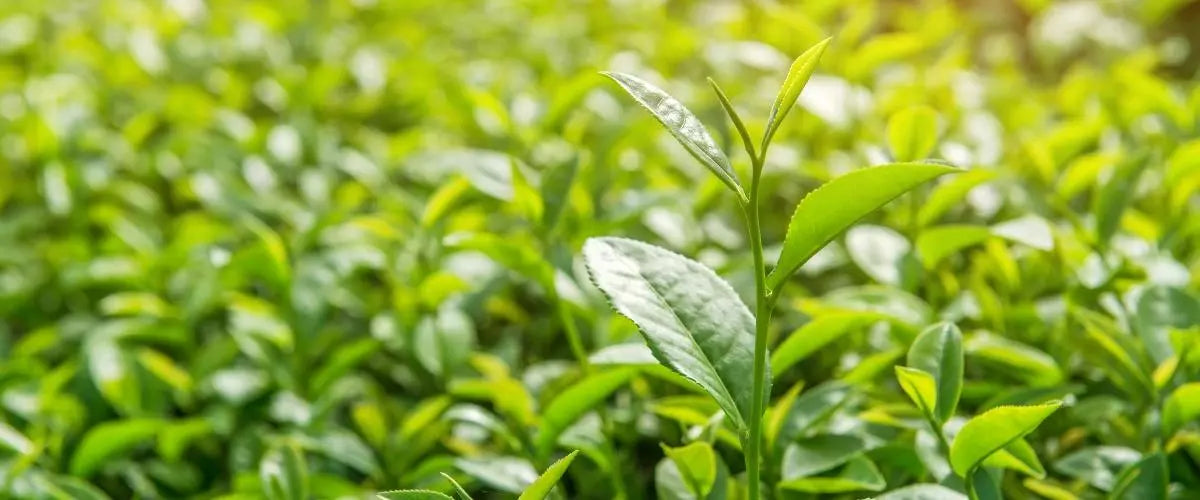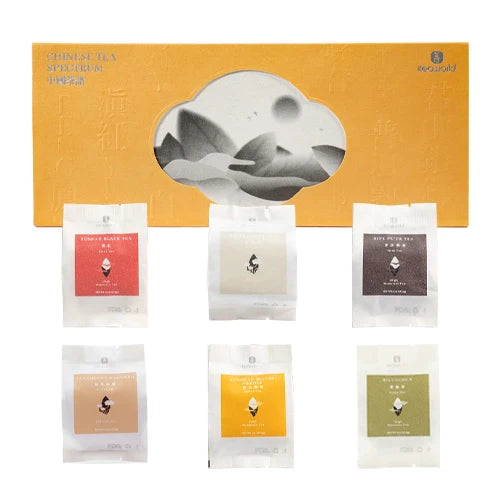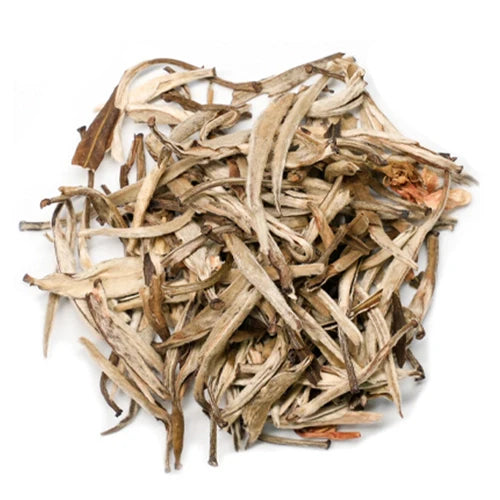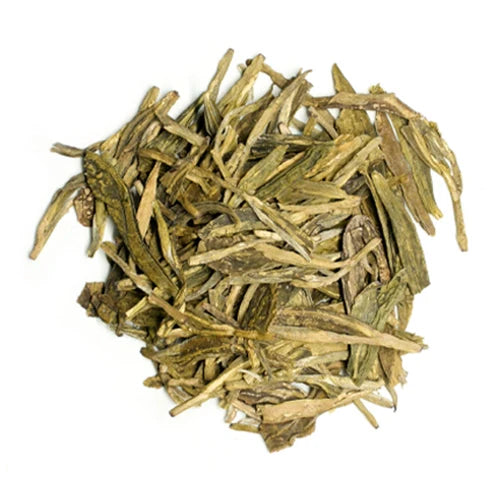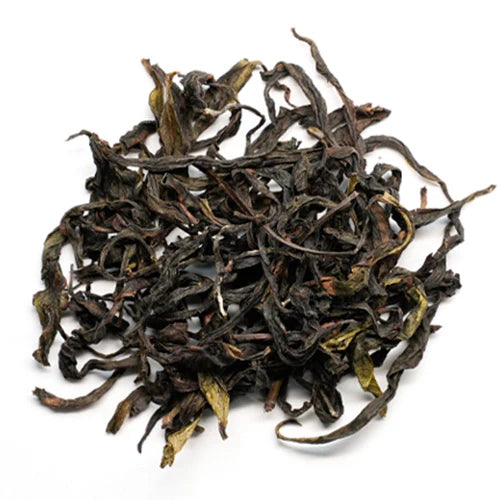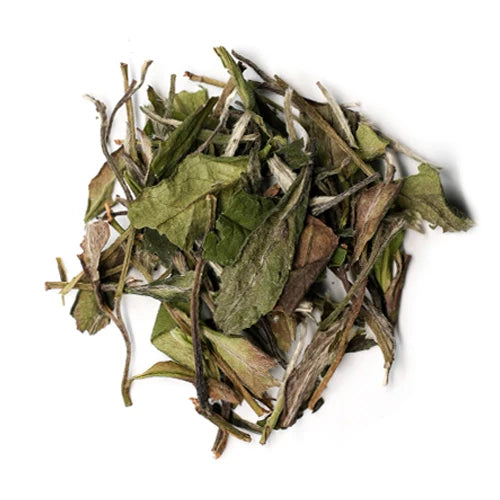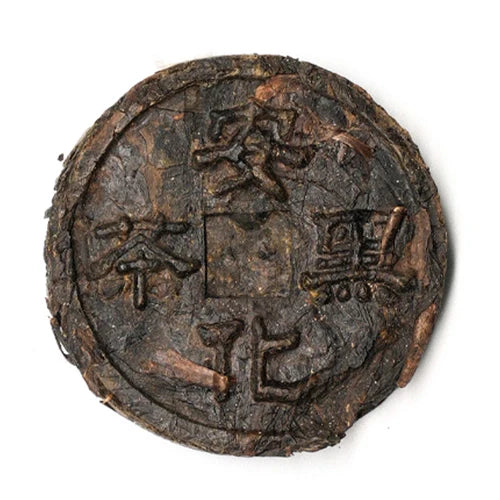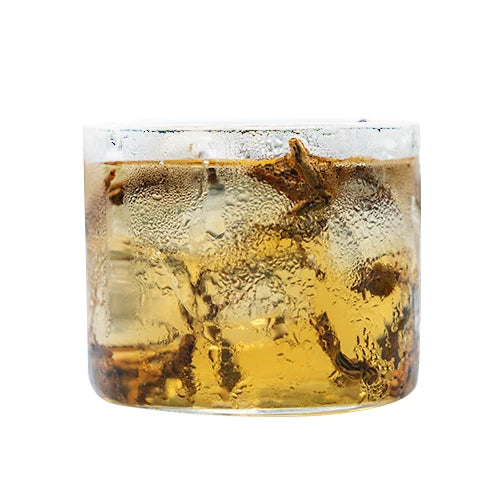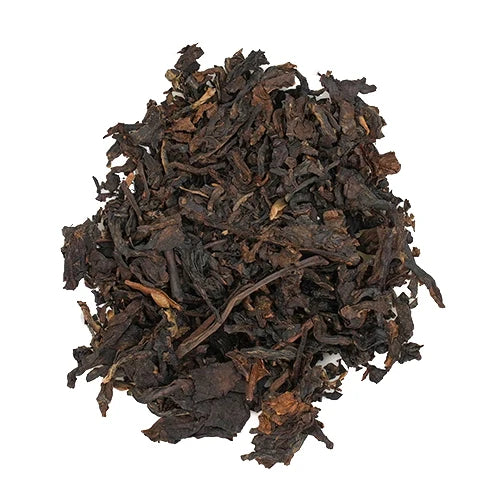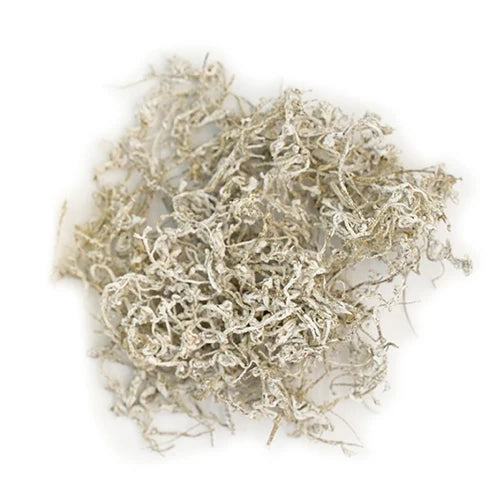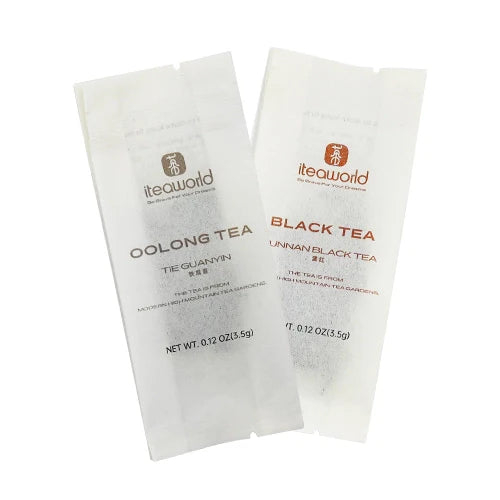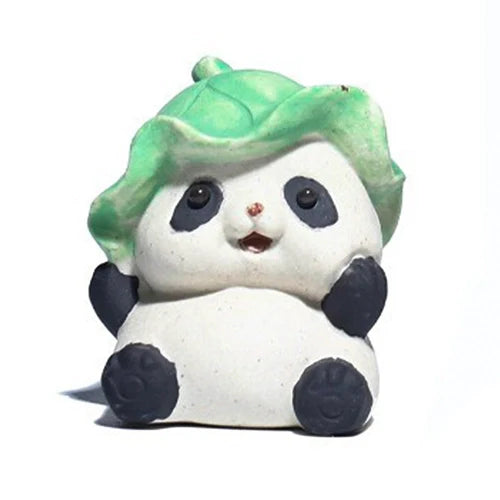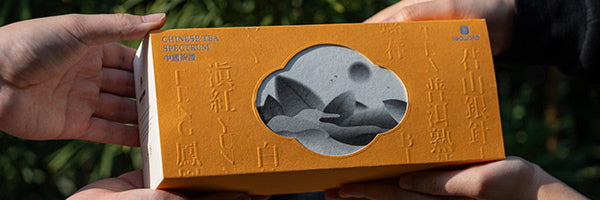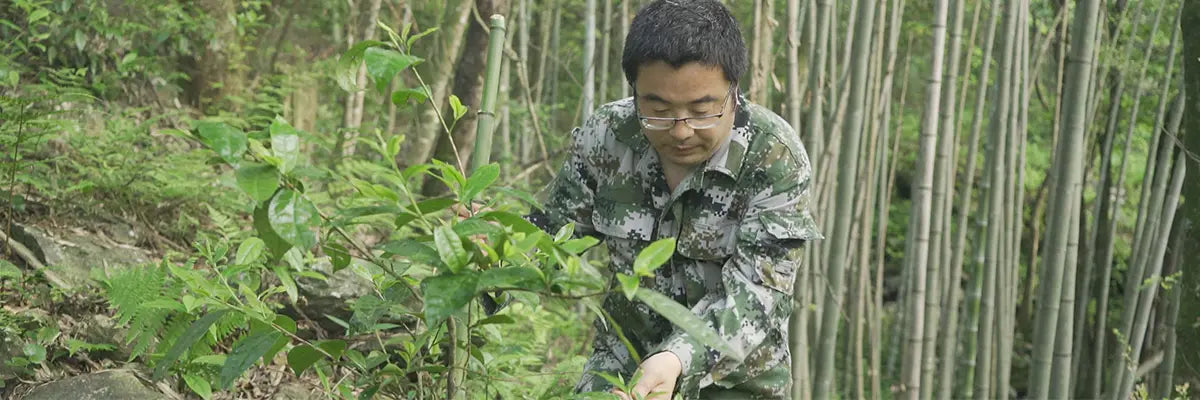Oolong tea is the most diverse and complex category among China’s six main types of tea. Its flavors can range from delicate floral notes to rich caramel and roasted aromas, from crisp and refreshing to full-bodied and sweet. With so many possibilities, how do you quickly discover the flavor that feels like yours?
This guide is here to help you get started with Oolong tea and make it easier to find the one that suits you best.
1. Start with the most classic and iconic flavors
Oolong tea has some of the most diverse flavors among the six major types of Chinese tea. Understanding where those flavors come from—and starting with a few of the most classic and well-known ones—can quickly help you figure out what you personally enjoy.
The flavor of oolong tea mainly comes from two key processing steps: Zuoqing and roasting.

(1) Zuoqing — defines the basic flavor of oolong tea
Zuoqing is the primary oxidation process in oolong tea making, carried out through alternating stages of shaking(Yaoqing/摇青) and resting. As the leaves are shaken, they bump and rub against each other, causing slight bruising. This triggers an oxidation reaction between the tea polyphenols and polyphenol oxidase in the leaves.
The more often and more vigorously the leaves are shaken, the deeper the oxidation level. This allows the bitter polyphenols and aroma precursors in the fresh leaves to convert more fully, making the changes in the tea’s color and aroma much more noticeable.
Liquor color: light yellow-green or pale yellow → orange-yellow → orange-red
Aroma: grassy notes → fresh aroma → floral, fruity, and sweet aromas

(2) Roasting — shaping the final flavor
As I mentioned in an earlier post, roasting is the process that further develops and refines the tea’s flavor, while removing the grassy notes from the leaves. During roasting, the bitter polyphenols, the basic color compounds, and the basic aroma components continue to transform, creating the final flavor profile of the oolong.
As the level of roasting increases, the tea’s flavors gradually change:
Liquor color: yellow-green or pale yellow → orange-yellow → orange-red or reddish-brown
Aroma: fresh floral → ripe fruit and nutty → caramel and charcoal-like
Taste: bitterness decreases, and the flavor evolves from light and thin to rich, full-bodied, and layered

When you combine these two factors—oxidation and roasting—you can think of oolong tea flavors as falling along a kind of flavor map. Based on its oxidation and roast levels, you can get a pretty good idea of what it might taste like.

From this flavor map, we can pick out some classic oolongs that represent different parts of the spectrum.
For example:
Light oxidation + light roast: fresh and floral aromas, with a clean and refreshing taste. such as Qing Xiang Tie Guan Yin and Wenshan Baozhong.
Heavy oxidation + light roast: sweet, honey-like aromas and a smooth, sweet taste. Oriental Beauty is a great example.
Medium to heavy oxidation + heavy roast: ripe fruity, caramel, or charcoal notes, with a deep, full-bodied flavor, such as Wuyi Rock Tea.
2. Start with the classic teas from each major oolong tea region
Oolong tea has a history stretching back several centuries. Over time, four major producing regions have developed, each with its own preferred processing styles, cultivars, and distinctive flavors.
If you start with the most iconic oolongs from each region, it’s a great way to quickly get a feel for the differences in flavor and character between them.
The four main oolong regions are: Southern Fujian, Northern Fujian, Guangdong, and Taiwan.

(1) Northern Fujian(Minbei) Oolong region — the birthplace of oolong tea
This region is centered around the Wuyi Mountains. This region places a strong emphasis on charcoal roasting and tends to have higher oxidation levels, resulting in a rich, full-bodied taste with multiple layers, a charcoal aroma of flavor.

The most famous teas from this region are the Wuyi rock teas (Yancha), known for their pronounced mineral character (yan yun, or “rock rhyme”) and sometimes a bold, slightly sharp mouthfeel. Classic examples include Da Hong Pao, Wuyi Rou Gui, and Wuyi Shui Xian.
(2) Southern Fujian(Minnan) Oolong region
Southern Fujian oolongs have been influenced over time by both Northern Fujian’s heavier oxidation and roasting styles and Taiwan’s lighter oxidation and roasting. As a result, two main flavor profiles have developed and coexist today:
Nong Xiang: richer taste with roasting aroma
Qing Xiang: bright floral aroma, light and refreshing taste, though generally lighter in body
The most famous tea from this region is Tie Guan Yin, especially the Qing Xiang Tie Guan Yin, which is very popular in international markets for its fresh floral character.
Beyond processing style, Southern Fujian has also cultivated many unique tea cultivars, each with its own distinctive aroma:
Mei Zhan: light plum-like fragrance
Zhangping Shuixian: orchid and osmanthus notes
Baiya Qilan: strong, pure orchid fragrance
Yongchun Fo Shou: aromas reminiscent of pear or pomelo
(3)Guangdong Oolong region
The most distinctive feature of oolong teas from Guangdong is their incredible variety of aromas. The most famous tea from this region is Phoenix Dancong, which has over a dozen naturally common aroma types.
Phoenix Dancong is sometimes called the "perfume of tea" or described as "one bush, one aroma".
(4)Taiwan Oolong region
Oolong teas from Taiwan are known for highlighting floral, fruity, and sweet aromas, along with a smooth, balanced taste and a signature “mountain character” (shan yun). The flavors are generally mellow and approachable, with a clear and noticeable fragrance.
Some of the most iconic Taiwanese oolongs include Wenshan Baozhong, Dong Ding Oolong, and Oriental Beauty.

3. We recommended starting point: 10 beginner-friendly oolongs
Based on the different flavor profiles and regions we’ve talked about above, we’ve put together a short list of oolongs that we think are great for beginners.
(1) Oriental Beauty—The Oolong That Feels Like Fine Black Tea
Oriental Beauty naturally carries sweet honey and ripe fruit aroma. Its flavor is soft, smooth, and elegantly sweet—very approachable and easy to enjoy. There’s also a charming story behind its name. According to legend, Queen Victoria (or in some versions, Queen Elizabeth) once tasted this tea and remarked, “It’s like an oriental beauty.” The name stuck, and the tea has been beloved ever since.

If you’re already a fan of black tea and want to try something more aromatic and gentle, Oriental Beauty is a great place to start.
(2) Jasmine Oolong & Osmanthus Oolong: must-try options for floral tea lovers
The two types of tea are traditionally scented with real, fresh flowers, giving them a natural and lively fragrance.
Unlike jasmine green tea, though, these oolong-based floral teas are gentler on the palate—less sharp, smoother, and easier to drink. They make a great starting point for anyone new to oolong tea who loves floral aromas.
(3) Qingxiang & Nongxiang Tieguanyin: Common Oolong Teas Overseas
Tieguanyin comes in two classic flavor styles:
Qingxiang (also called Green Oolong): This style features a strong floral aroma and a light, refreshing taste.
Nongxiang (also called Black Oolong): Strong roasted scent with a fuller, deeper tea flavor.
Both versions are fairly common in overseas supermarkets and tea shops. They’re excellent choices for beginners to explore and find which style they prefer.
(4) Phoenix Dancong Mi Lan Xiang & Ya Shi Xiang: Natural “Perfumes of Tea”
Don’t be put off by the name—“Ya Shi Xiang” (literally “Duck Shit Aroma”) is actually one of the most popular aroma types in Phoenix Dancong.
Both of these Dancong oolongs boast vibrant fragrances, naturally carrying honey and orchid notes—like “natural perfumes of tea.” One sip and they’re unforgettable.
They’re very popular among young tea lovers in China and often surprise newcomers overseas with their unique charm.

(5)The Big Three of Wuyi Rock Tea: Da Hong Pao, Wuyi Rou Gui, and Wuyi Shuixian — Richer Flavors, Deeper Craftsmanship
Da Hong Pao, Wuyi Rou Gui, and Wuyi Shuixian give them warm notes of caramel and cinnamon, along with a fuller, richer body.
They represent some of the finest craftsmanship in Chinese oolong tea making, and are perfect for those who enjoy bold, complex flavors.





